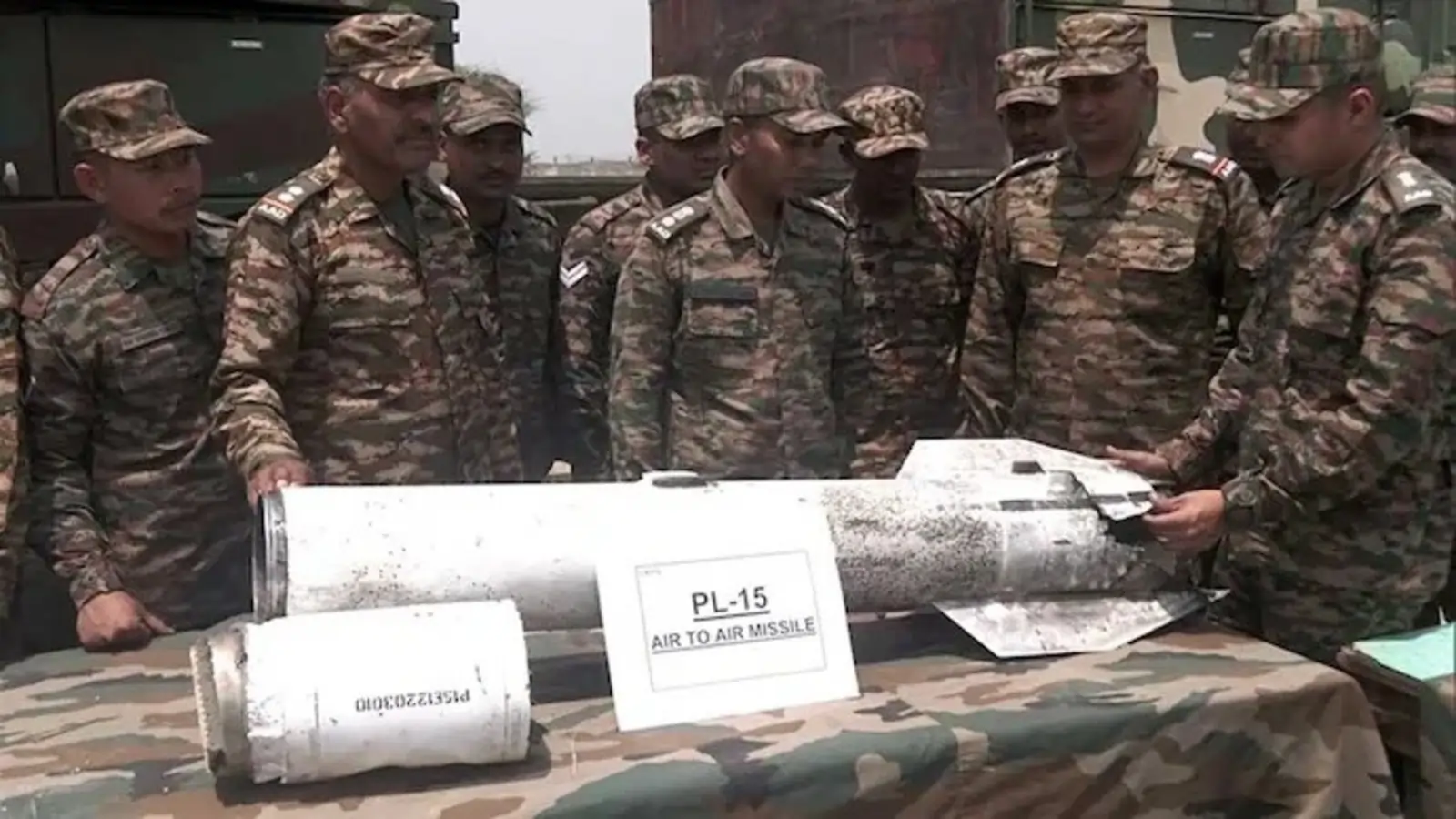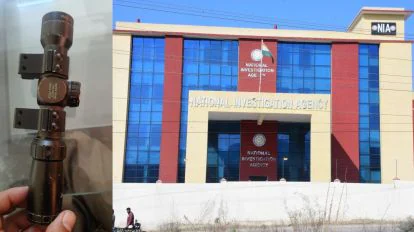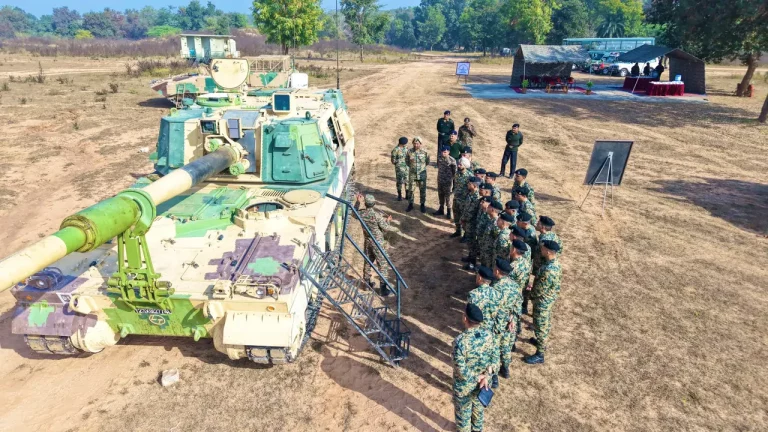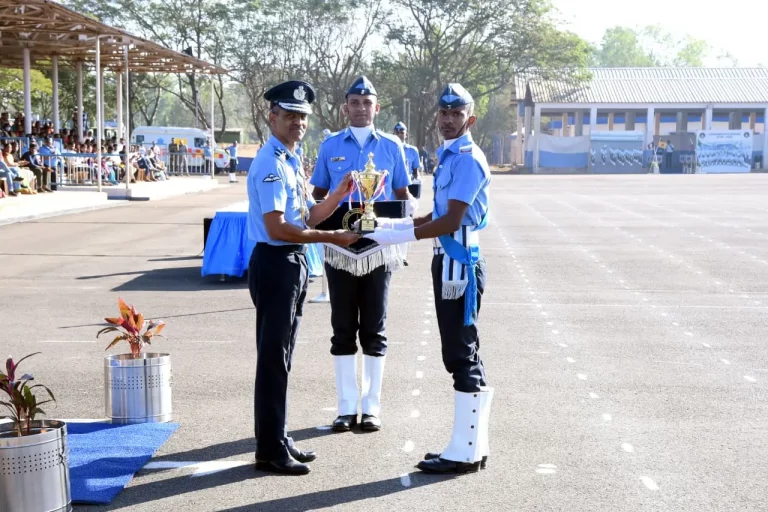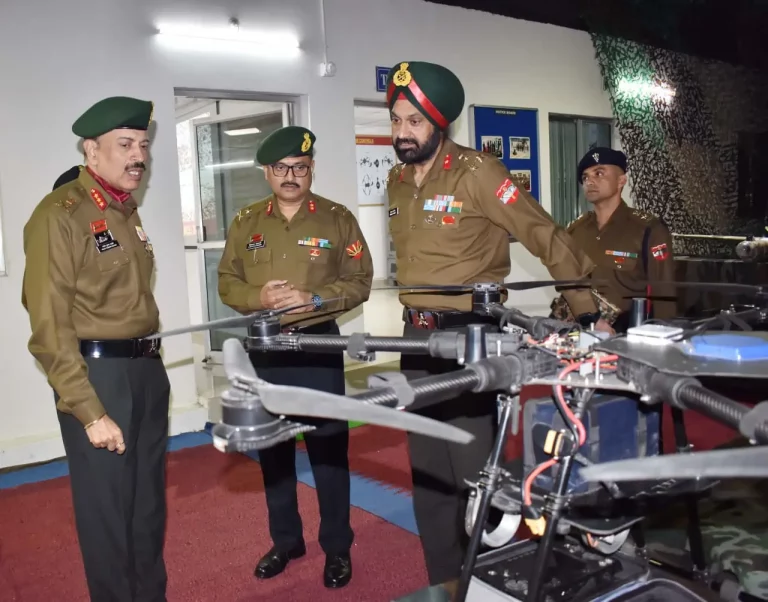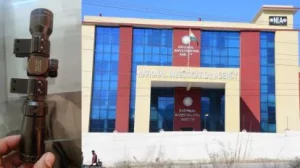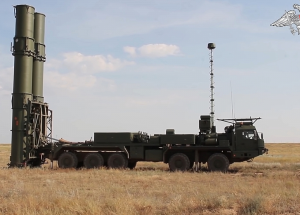In a notable advancement for India’s defense capabilities, the Defence Research and Development Organisation (DRDO) plans to incorporate cutting-edge technologies from the Chinese PL-15E long-range air-to-air missile into its indigenous Astra Mark-II programme. This decision comes after the recovery of an unexploded missile during Operation Sindoor in May, which offered Indian defense scientists a rare chance to analyze one of China’s most sophisticated beyond-visual-range air combat weapons.
The missile, launched by a Pakistan Air Force jet—suspected to be a JF-17 or J-10C—was recovered intact from a location near Hoshiarpur, Punjab, on May 9. This incident occurred due to the missile’s failure to detonate, attributed to the absence of a self-destruct mechanism, a feature that enabled its retrieval for analysis.
The PL-15E, recognized as an export variant of China’s premier missile, boasts an estimated range of 145 kilometers. Unlike India’s own air-to-air missiles, its lack of self-destruct features made it recoverable, allowing for a detailed examination. DRDO experts have since identified several advanced technologies within the missile, including a miniature Active Electronically Scanned Array (AESA) radar, a next-generation solid propellant that enables speeds exceeding Mach 5, and sophisticated anti-jamming systems. These capabilities, particularly in radar guidance and electronic warfare resilience, are poised for integration into the Astra Mk-II missile, which is intended to be India’s next-generation air-to-air weapon.
The recovery transpired in the backdrop of Operation Sindoor, a coordinated military operation that followed the April 22 Pahalgam terror attack, which resulted in the deaths of 26 civilians. Launched on May 7, this operation highlighted India’s increasing dependency on domestically developed precision-strike weapons—including BrahMos, Rampage, and SCALP missiles—all of which demonstrated exemplary accuracy in their strikes.
In response to the developments, sources indicate that Pakistan is striving to enhance its military capabilities, particularly in light of the setbacks faced during the recent operations. Reports suggest the Pakistan Air Force is pursuing PL-17 long-range missiles from China, in addition to acquiring 2,000 YIHA kamikaze drones from Turkey. Furthermore, Pakistan has presented a list of advanced weaponry needs to the United States.
In order to maintain numerical and qualitative superiority for future engagements, Indian defense authorities are looking to procure additional Meteor missiles for the Rafale fighter jets. Additionally, plans are being formulated to develop a next-generation BrahMos missile with an extended operational range of 800 kilometers, intended to target deep within enemy territory and eliminate critical strategic assets.
As Pakistan deploys Chinese HQ-9 air defense systems, India’s military strategy is evolving to focus on stand-off precision warfare. Upcoming air operations are expected to heavily utilize long-range supersonic and stealth missiles designed to function outside of enemy radar detection, thereby enhancing air dominance and survivability.
Despite a ceasefire being declared on May 10 at 5 p.m., reports indicate that Pakistani forces proceeded to launch kamikaze drones and rockets into Indian territory across the Jammu and Rajasthan sectors, violating the truce. Notably, this aggressive conduct has been mirrored in Pakistan’s recent air strikes against civilian areas in Spin Boldak, Afghanistan, further undermining commitments to peace.
Indian defense sources have cautioned that while restraint was exhibited following the ceasefire violations, any future provocations could elicit proportionate and decisive military responses.
The recovery of the PL-15E missile not only provides India with critical insights into the military cooperation between China and Pakistan but also accelerates the nation’s pursuit of homegrown defense innovations—transforming a potential threat into an opportunity for technological enhancement.
